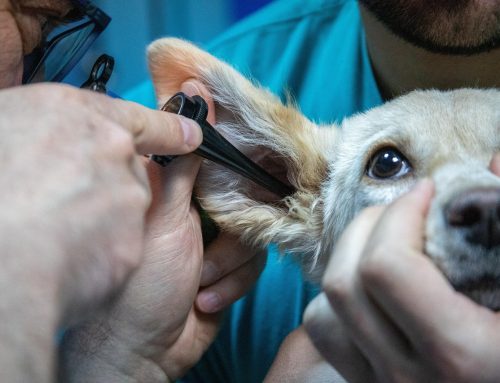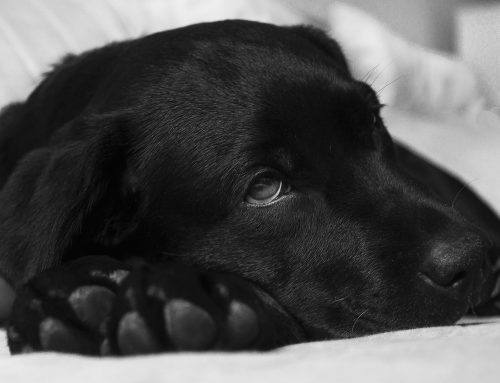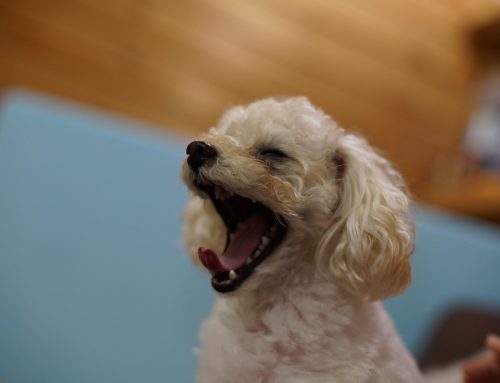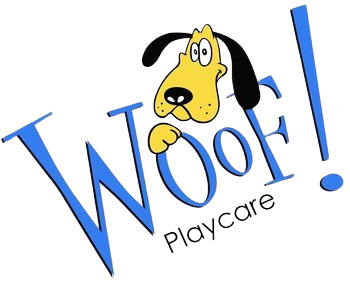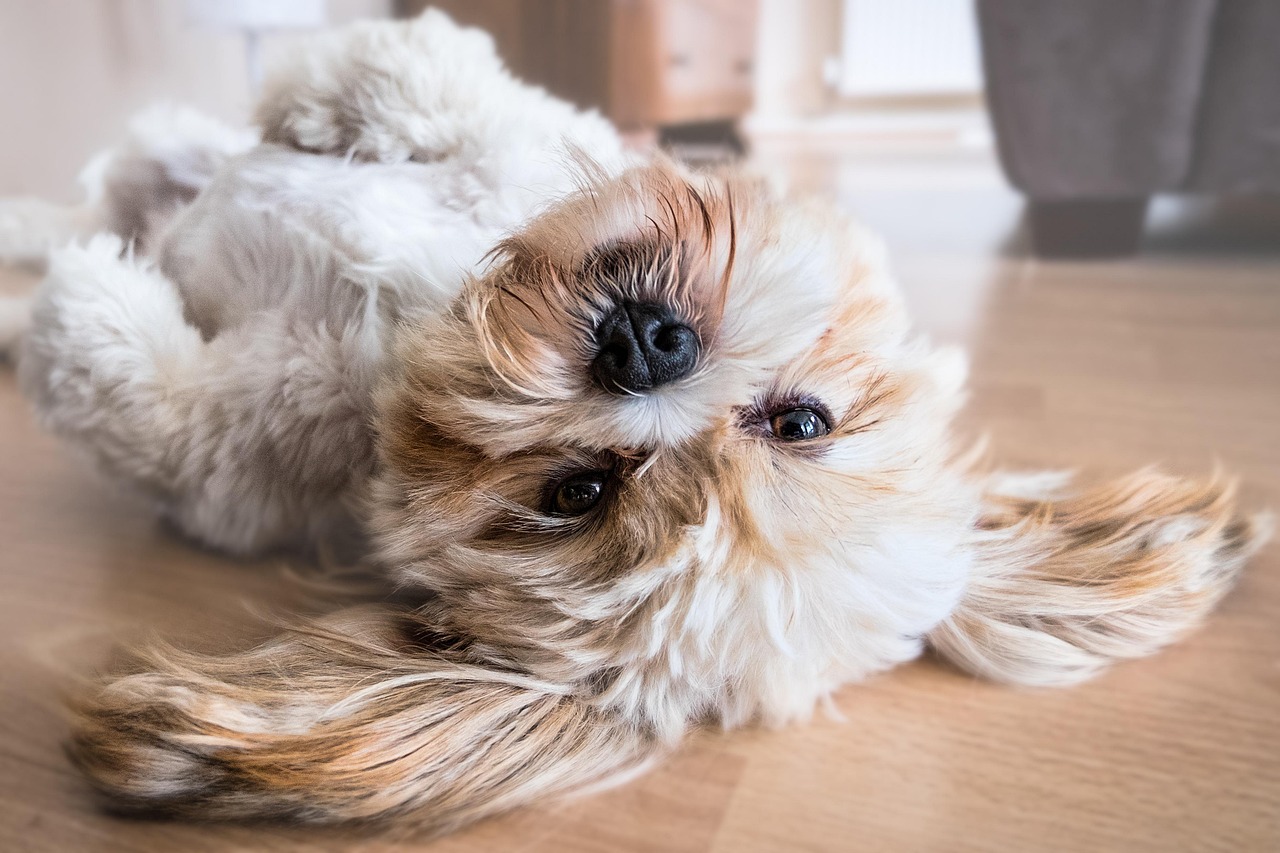
Table of Contents
- Do Dogs Have Belly Buttons?
- Do All Mammals Have Belly Buttons?
- Where Is a Dog’s Belly Button?
- What Does a Dog’s Belly Button Look Like?
- Can Dogs Have “Outie” Belly Buttons?
- Why Don’t We Notice Dog Belly Buttons Like Human Ones?
- Do Dog Belly Buttons Serve Any Purpose?
- Can the Belly Button Area Get Infected?
- Are Some Breeds More Likely to Have Umbilical Hernias?
- Should You Worry About Your Dog’s Belly Button?
- FAQs About Dog Belly Buttons
- The Bottom Line: Yes, Dogs Have Belly Buttons—They’re Just Hard to See
Do Dogs Have Belly Buttons?
It’s a question that surprises many dog owners: do dogs actually have belly buttons? After all, humans do—but we rarely see one on our furry friends. The short answer is yes, dogs do have belly buttons, but they look very different from ours and often go unnoticed.
Understanding what a dog’s belly button is, where it’s located, and what it can tell you about their health can help you better understand your pup’s unique anatomy.
Do All Mammals Have Belly Buttons?
Yes. All placental mammals—including humans, dogs, cats, and even elephants—have belly buttons. That’s because all mammals that develop inside a mother’s womb rely on an umbilical cord for nutrients and oxygen before birth.
The umbilical cord connects the developing puppy to the placenta, allowing the exchange of nutrients and waste. After birth, the mother chews through the cord, leaving behind a small scar where it was once attached. That scar is the dog’s belly button, or navel.
Where Is a Dog’s Belly Button?
A dog’s belly button is located on their abdomen, right in the middle of the lower belly, between the end of the rib cage and the start of the hind legs. It sits along the line of the dog’s stomach, where their fur tends to be thinner.
If you gently run your fingers down your dog’s midsection, you might feel a small, flat scar or tiny wrinkle of skin. It’s usually less than half an inch wide and may be slightly darker than the surrounding fur. Because dogs are covered in hair, the belly button blends in easily—especially in breeds with thick coats or long hair.
In short, your dog’s belly button is there—you just have to look closely to find it.
What Does a Dog’s Belly Button Look Like?
Unlike human belly buttons, which can be “innies” or “outies,” a dog’s belly button is much more subtle. It doesn’t stick out or form a deep indentation. Instead, it appears as a small scar or thin line.
In newborn puppies, the area is more noticeable because the umbilical cord stump is still healing. Over time, it flattens and becomes nearly invisible. In some short-haired breeds, like Boxers or Chihuahuas, you might still be able to spot it as a faint circular mark once they’re fully grown.
Can Dogs Have “Outie” Belly Buttons?
Usually, no. A visible bump where the belly button should be may not be a normal navel—it could indicate a hernia, specifically an umbilical hernia. This occurs when a small part of fat or tissue pushes through the abdominal wall at the umbilical site.
Umbilical hernias are one of the most common congenital defects in puppies, and while small ones often close on their own, larger ones may require surgical correction. Signs to watch for include swelling near the belly button, tenderness when touched, or a soft lump that seems to change size.
If you notice anything unusual in that area, your veterinarian can easily diagnose whether it’s a hernia or just normal scar tissue.
Why Don’t We Notice Dog Belly Buttons Like Human Ones?
The main reason we don’t see a dog’s belly button is fur coverage. After a few weeks of growth, the scar is covered completely by hair, blending into the rest of the belly. On top of that, the navel itself is small and flat, making it difficult to spot even on short-haired dogs.
Another reason is how it heals. Human belly buttons remain prominent because of how the skin closes after the umbilical cord falls off. Dogs, on the other hand, have much faster-healing skin that seals over cleanly, leaving little trace behind. Unless you’re specifically looking for it, you’d never know it’s there.
Do Dog Belly Buttons Serve Any Purpose?
Not after birth. The belly button is simply a healed scar—it doesn’t have a function once the puppy is born. During pregnancy, the umbilical cord is vital because it supplies oxygen and nutrients from the mother to each developing puppy. Once cut and healed, the belly button is just a mark of where that connection used to be.
However, it does serve as an interesting reminder that dogs, like humans, start life the same way—all connected to their mothers before birth.
Can the Belly Button Area Get Infected?
While rare, infections can occur in the umbilical area of very young puppies, especially if the cord stump isn’t kept clean during the first few days after birth. In adult dogs, the area can occasionally become irritated due to skin infections, ingrown hairs, or insect bites, though this is uncommon.
If you ever notice redness, swelling, oozing, or a foul odor near your dog’s belly button, it’s best to have your veterinarian take a look. These could be signs of infection or an underlying hernia that needs medical attention.
Are Some Breeds More Likely to Have Umbilical Hernias?
Yes. Certain breeds, such as Airedale Terriers, Pekingese, Basenjis, and Weimaraners, have a slightly higher tendency toward umbilical hernias. In most cases, these are small, soft bumps that don’t cause pain or discomfort.
If your dog has a minor hernia, your vet might monitor it to see if it closes naturally. For larger or persistent hernias, surgical repair is a simple procedure that can be done during spay or neuter surgery.
Should You Worry About Your Dog’s Belly Button?
In most cases, no. The vast majority of dogs have perfectly normal, flat, healthy belly buttons that never cause issues. It’s only when you notice something unusual—like a bulge, redness, or discharge—that it’s worth getting checked out.
For most owners, the belly button is simply a fascinating little detail—a hidden reminder of how all mammals begin life.
FAQs About Dog Belly Buttons
Do dogs have belly buttons like humans?
Yes, all dogs have belly buttons. It’s the small scar left behind after their umbilical cord is cut or chewed off at birth.
Where is a dog’s belly button located?
You’ll find it on the midline of the abdomen, just below the rib cage and above the genitals. It’s usually small, flat, and covered by fur.
Can dogs have an “outie” belly button?
A true outie in dogs is uncommon. If there’s a bump, it may be an umbilical hernia rather than a normal navel.
Do puppies have visible belly buttons?
Yes, the area is more noticeable in newborn puppies before the fur grows in. It typically flattens and fades within a few weeks.
Should I clean or check my dog’s belly button?
Adult dogs don’t need special cleaning, but it’s good to check the area during grooming or baths to make sure there’s no swelling or irritation.
The Bottom Line: Yes, Dogs Have Belly Buttons—They’re Just Hard to See
Every dog has a belly button, but it’s small, flat, and hidden beneath fur. It’s a simple scar left over from when your dog was connected to their mother before birth.
While it may not be easy to spot, the belly button is a fascinating reminder of your dog’s early life—and one more thing that connects them to all other mammals, humans included.


